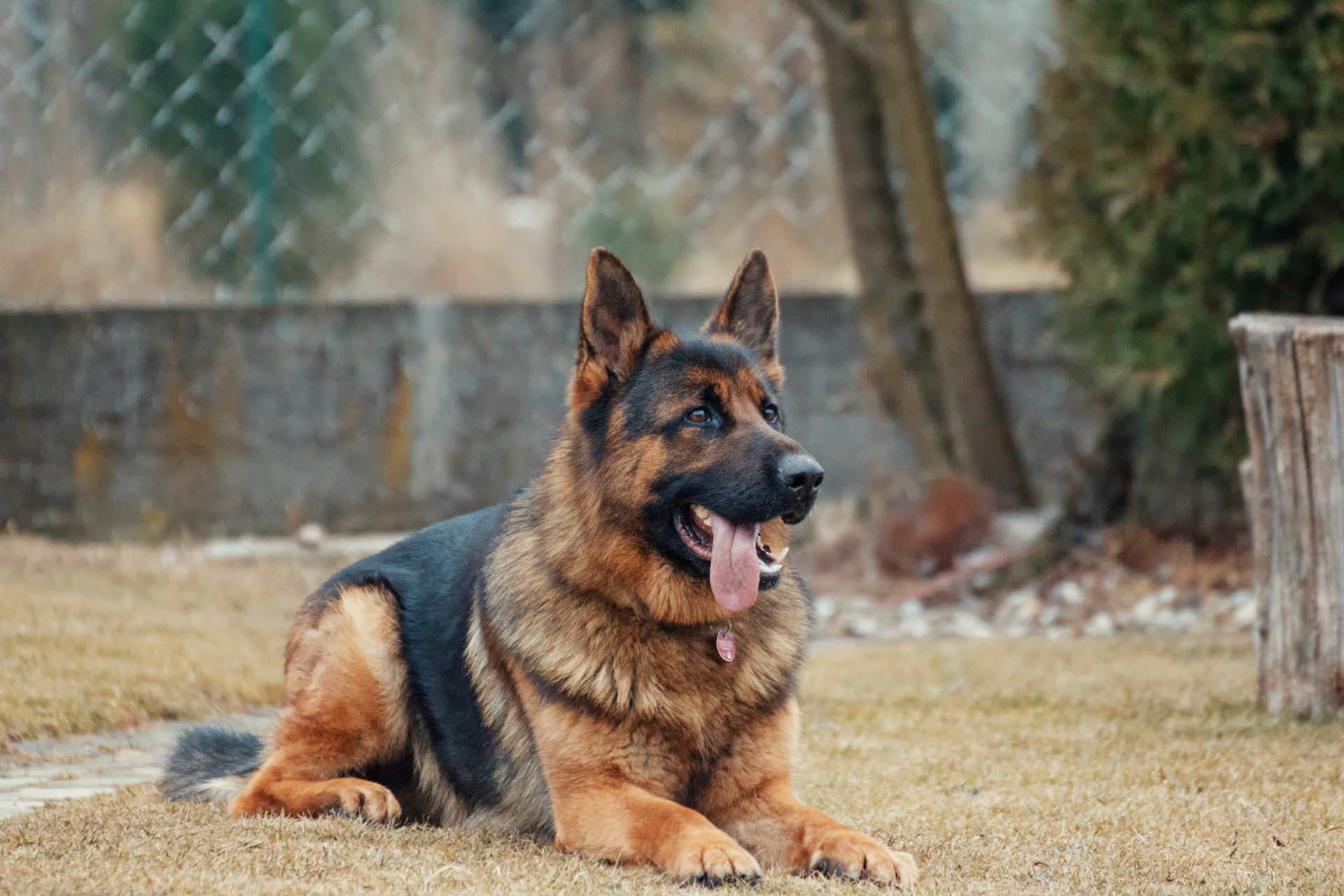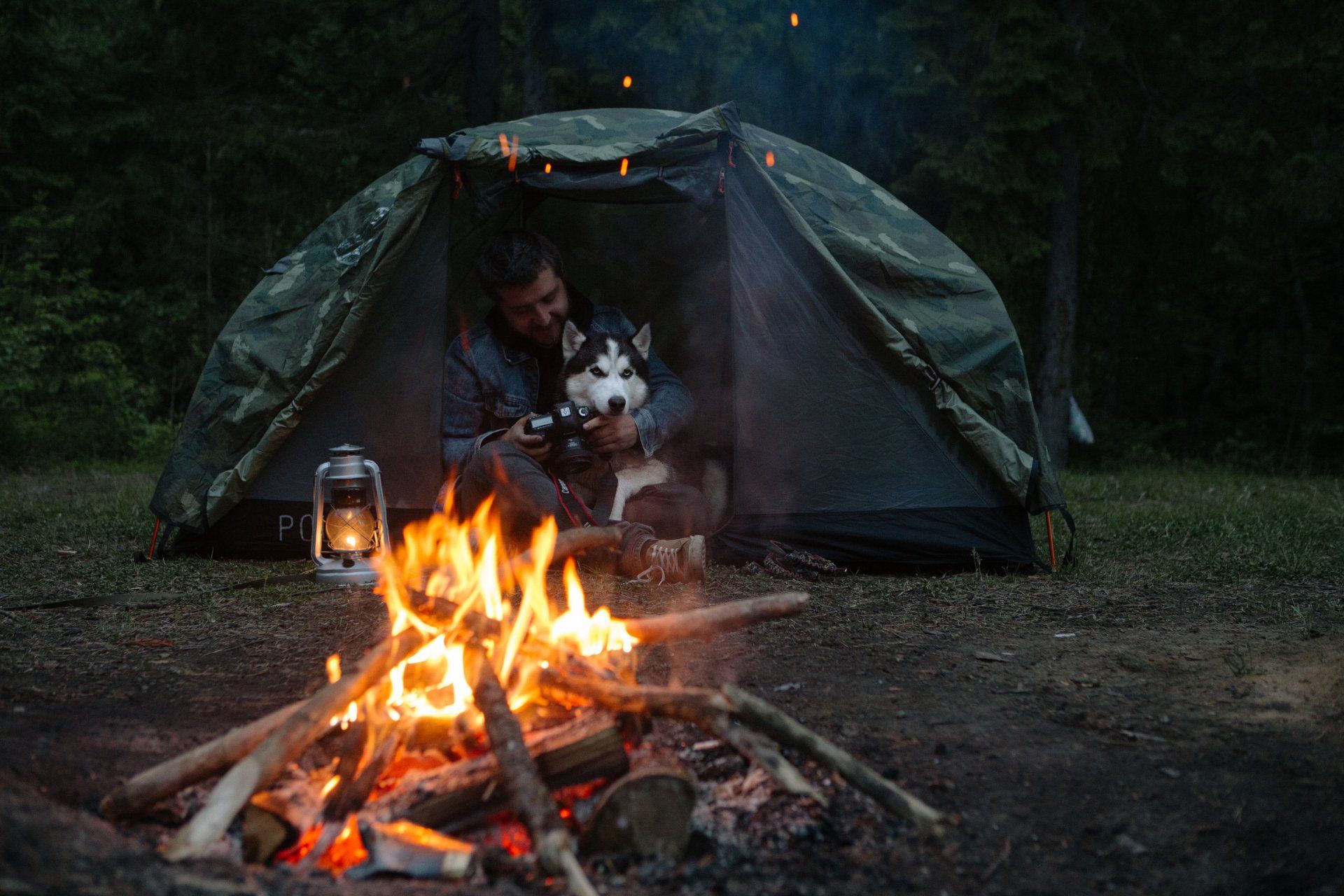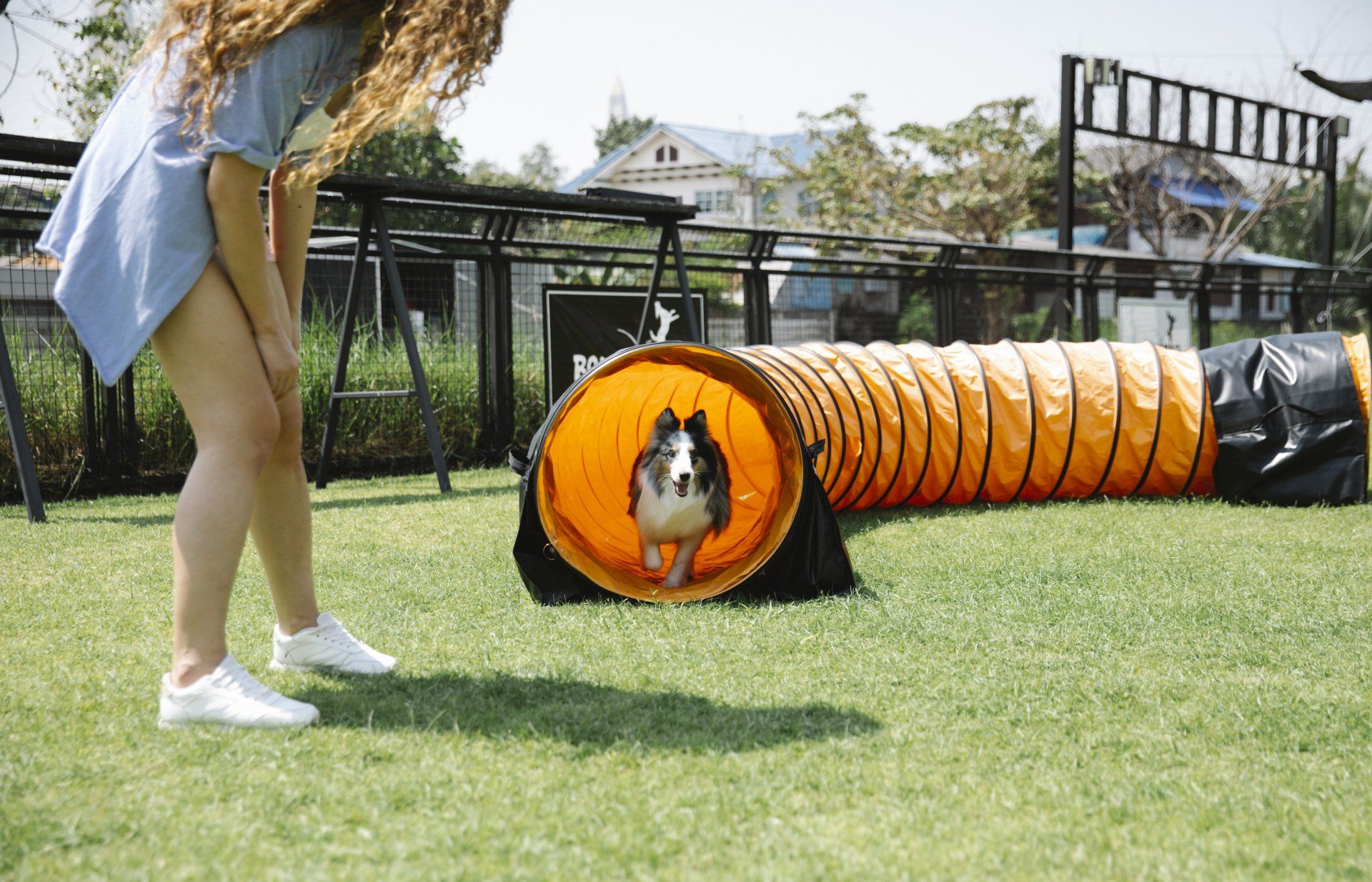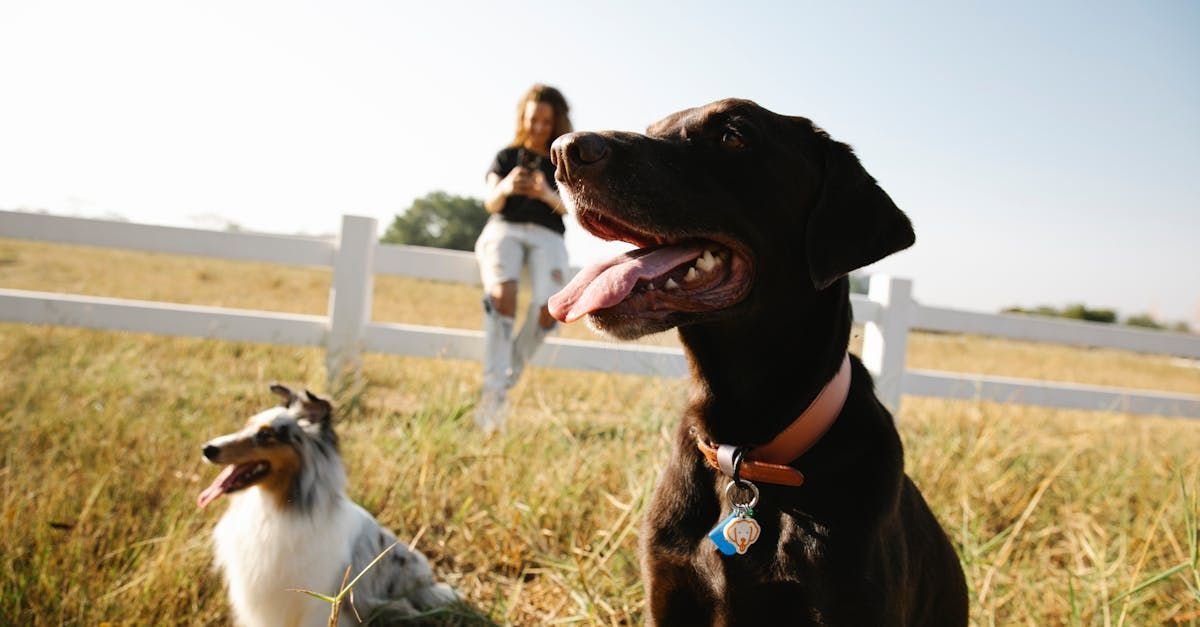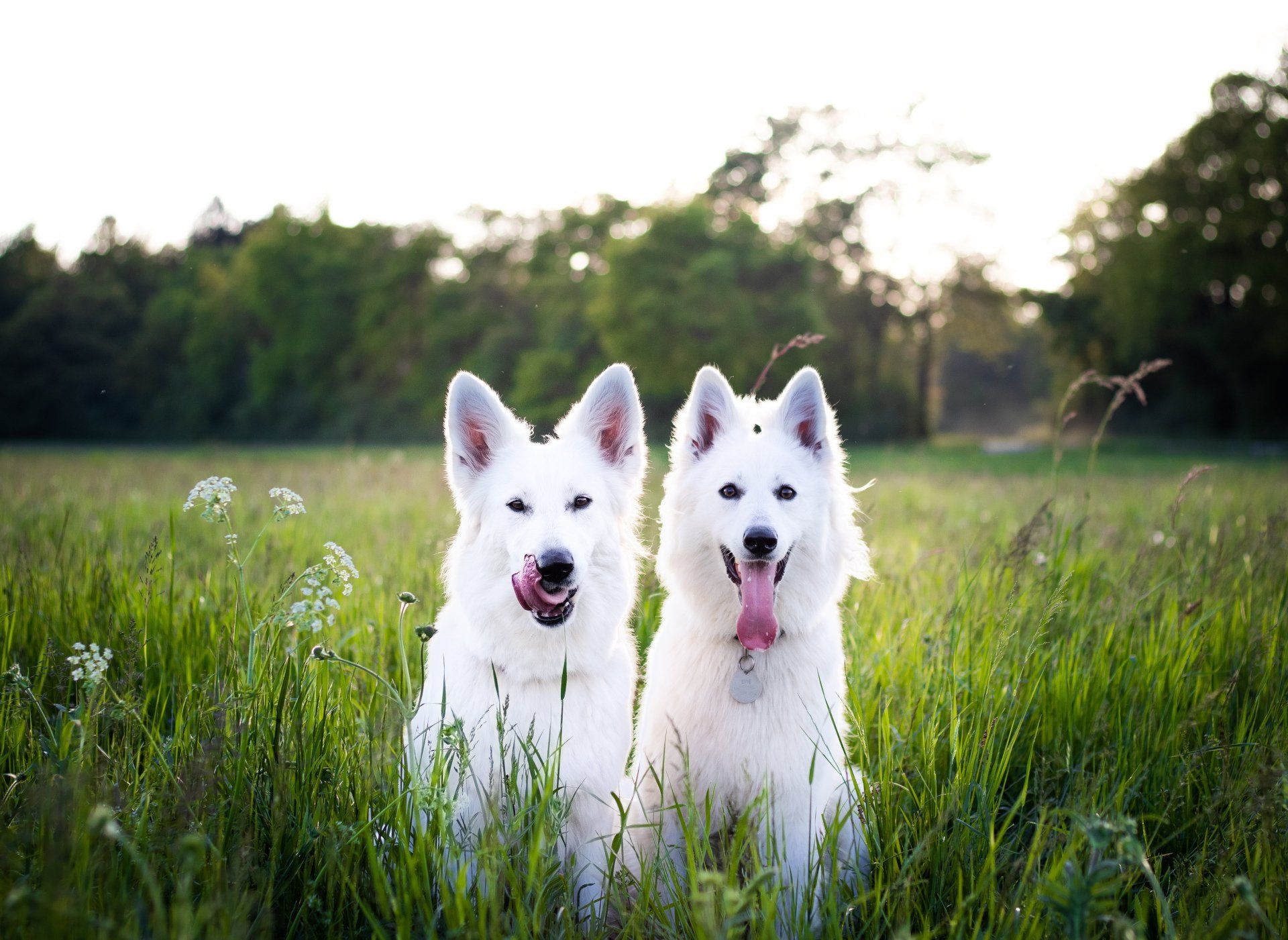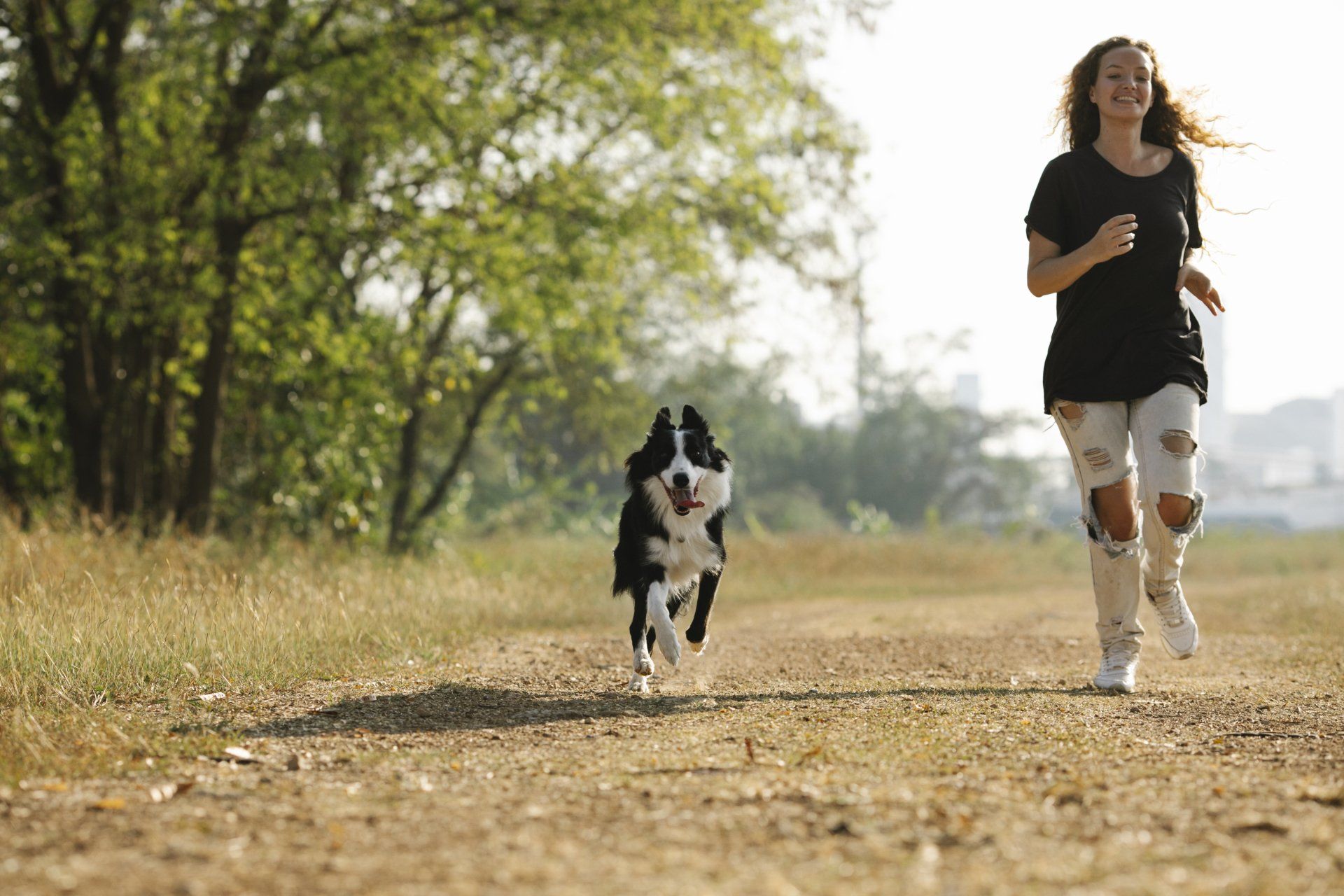Decoding Canine Communication: Unveiling Warning Signs of Reactivity in Dogs
Learning to read and “speak dog” is crucial for everyone. Not just dog owners.
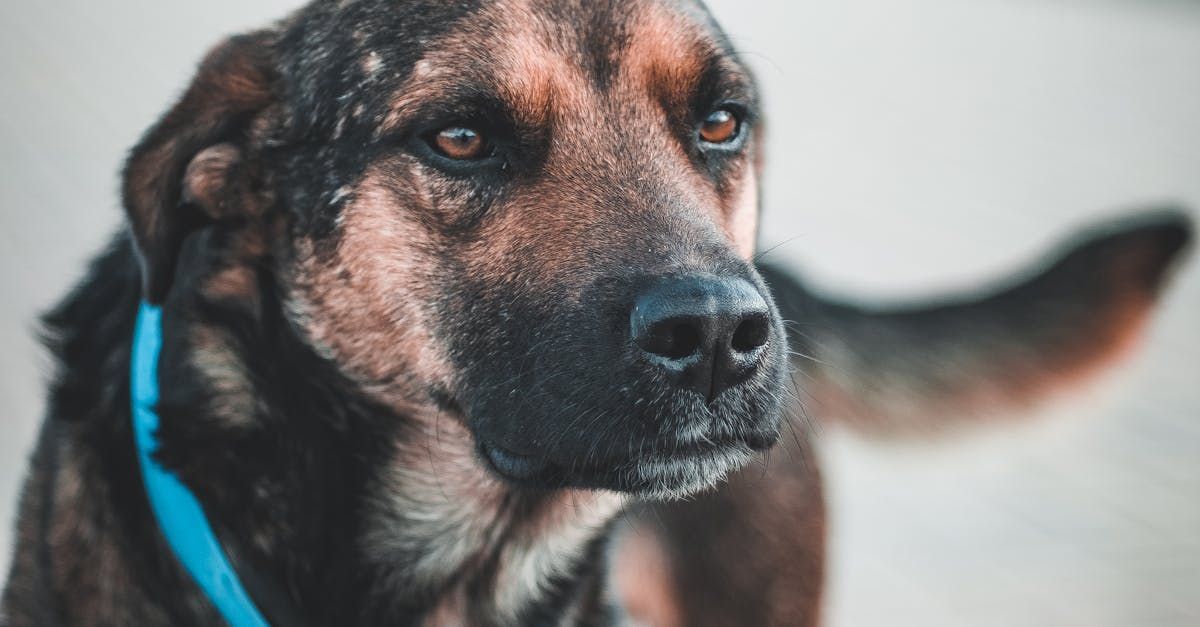
Ten warning signs you should know
Understanding and addressing reactive behavior in dogs is crucial for both their well-being and the safety of those around them. Dogs may show some reactivity towards various situations, such as other dogs, men, children, or even cars. Recognizing the warning signs is the first step in managing and modifying this behavior.
1. Body Language:
Dogs communicate primarily through body language. If a dog is building a reaction, you might see tense body posture, raised hackles, and a stiff tail. Pay attention to their ears – if they are pinned back, it could be a sign of discomfort or anxiety.
2. Intense Staring:
A fixed, intense stare towards a particular object or individual may indicate potential reactivity. Dogs often use eye contact to communicate, and a prolonged, unwavering gaze might signal discomfort or a potential reaction.
3. Growling and Snarling:
Auditory cues are significant indicators of a dog’s emotional state. Growling and snarling are clear warnings that a dog feels threatened or uncomfortable. It’s crucial to take those signals seriously and give the dog space.
4. Raised Hackles:
The hair along a dog’s back, known as hackles, tends to stand up when the animal is agitated or feels threatened. Raised hackles are a visible sign of heightened arousal and potential reactivity. Keep in mind that is not always their meaning, sometimes dogs will raise their hackles due to excitement.
5. Excessive Barking:
While barking is a natural form of communication for dogs, excessive and frantic barking can be a sign of reactivity. It serves as a vocal expression of their discomfort or fear.
6. Attempts to Flee:
Some dogs respond to fear or discomfort by trying to escape the situation. If a dog is consistently trying to move away or hide, it’s a clear indication that they find the current environment distressing.
7. Leash Reactivity:
Reactivity is often more apparent when a dog is on a leash. If they pull, lunge, or bark excessively while on a leash, it could be a sign of discomfort or reactivity towards the environment around them. But again, it could also mean they are overly excited and need some practice with patience.
8. Pacing and Restlessness:
A reactive dog may exhibit pacing or restlessness in the presence of a trigger. This behavior reflects their internal struggle and the desire to distance themselves from the perceived threat.
9. Dilated Pupils:
The size of a dog’s pupils can be a direct reflection of their emotional state. Dilated pupils suggest increased arousal and potential reactivity. This physiological response is indicative of heightened stress levels.
10. Lip Licking and Yawning:
Dogs may lick their lips or yawn excessively when faced with a situation that triggers reactivity. These subtle signs indicate discomfort and stress, serving as precursors to more overt reactions. Occasionally you will also see dogs lick their lips to signal that they are not a threat and they are not intending to be a threat. Evaluating the situation is important for any of these signs.
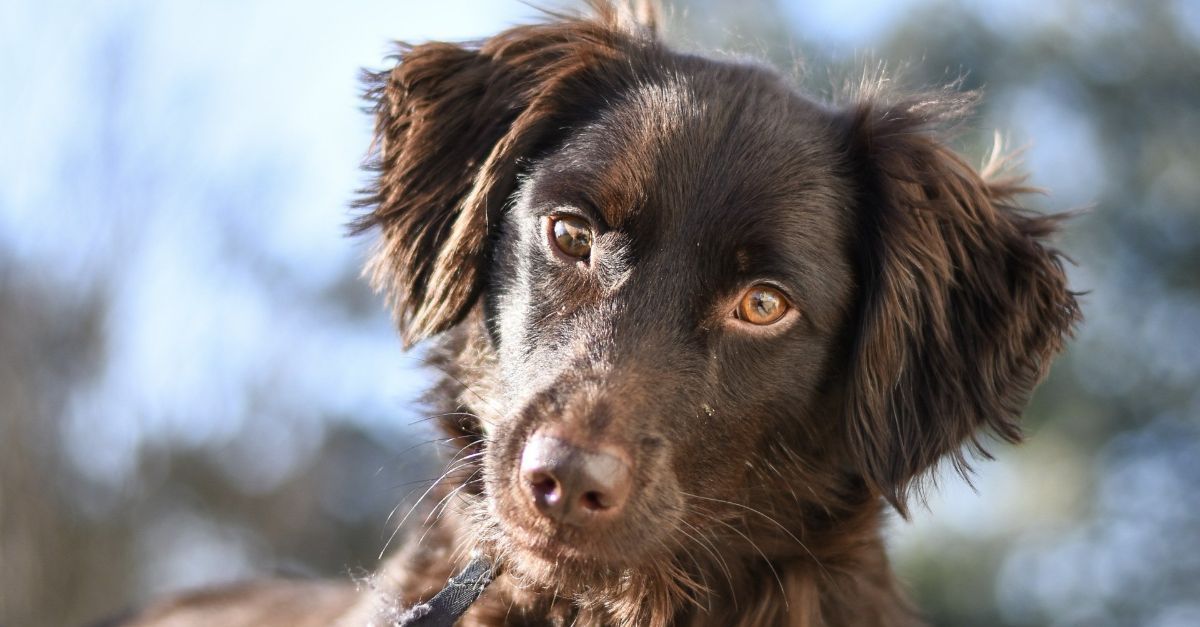
Understanding these warning signs is crucial for dog owners and those who interact with dogs regularly. It allows for proactive measures to manage and address reactive behavior, ensuring the safety and well-being of the dog and those around them.
If your dog exhibits some of these signs and you aren’t sure how to go about adjusting the behavior, reach out to a professional dog trainer or behaviorist.


